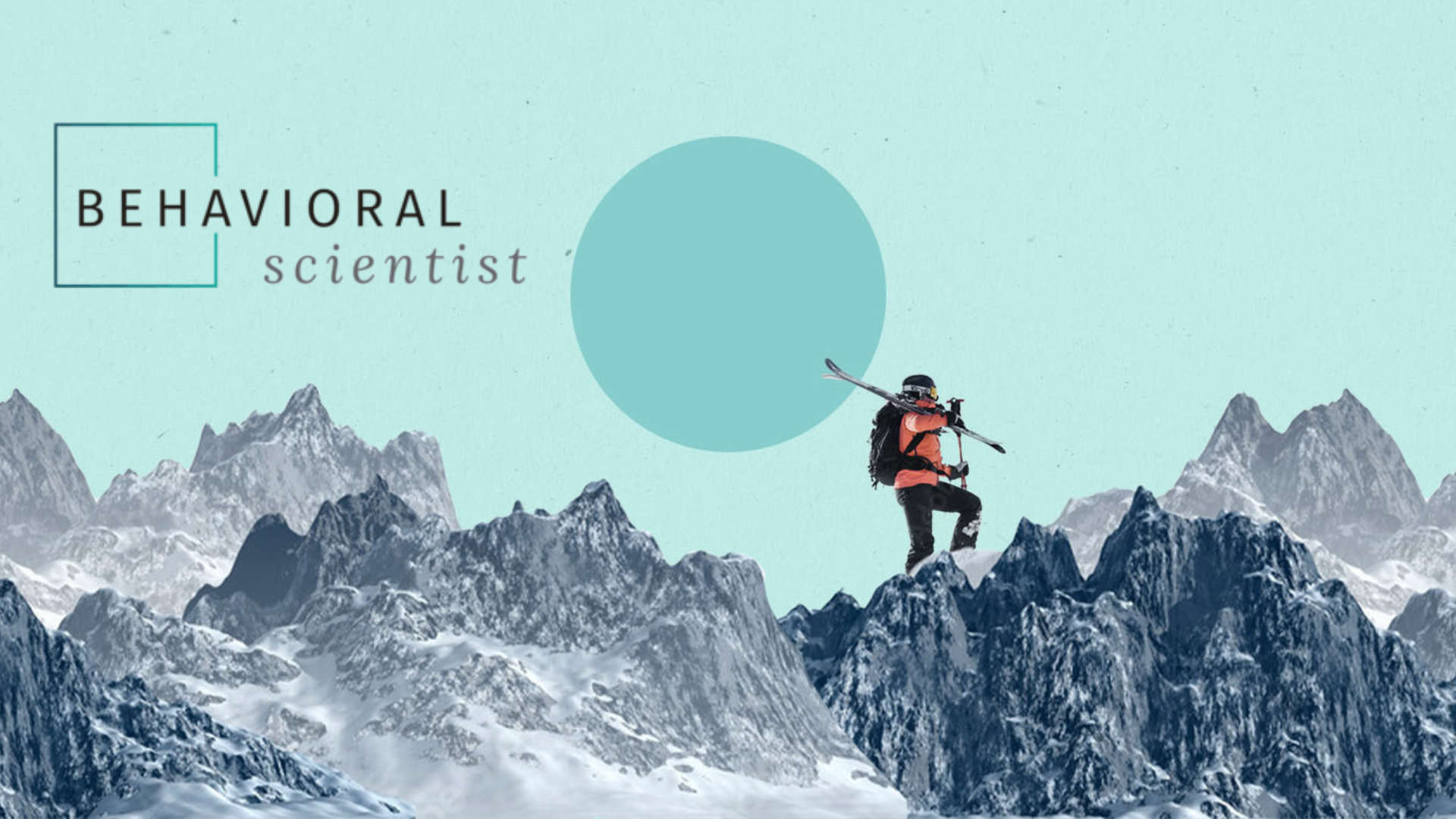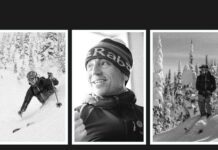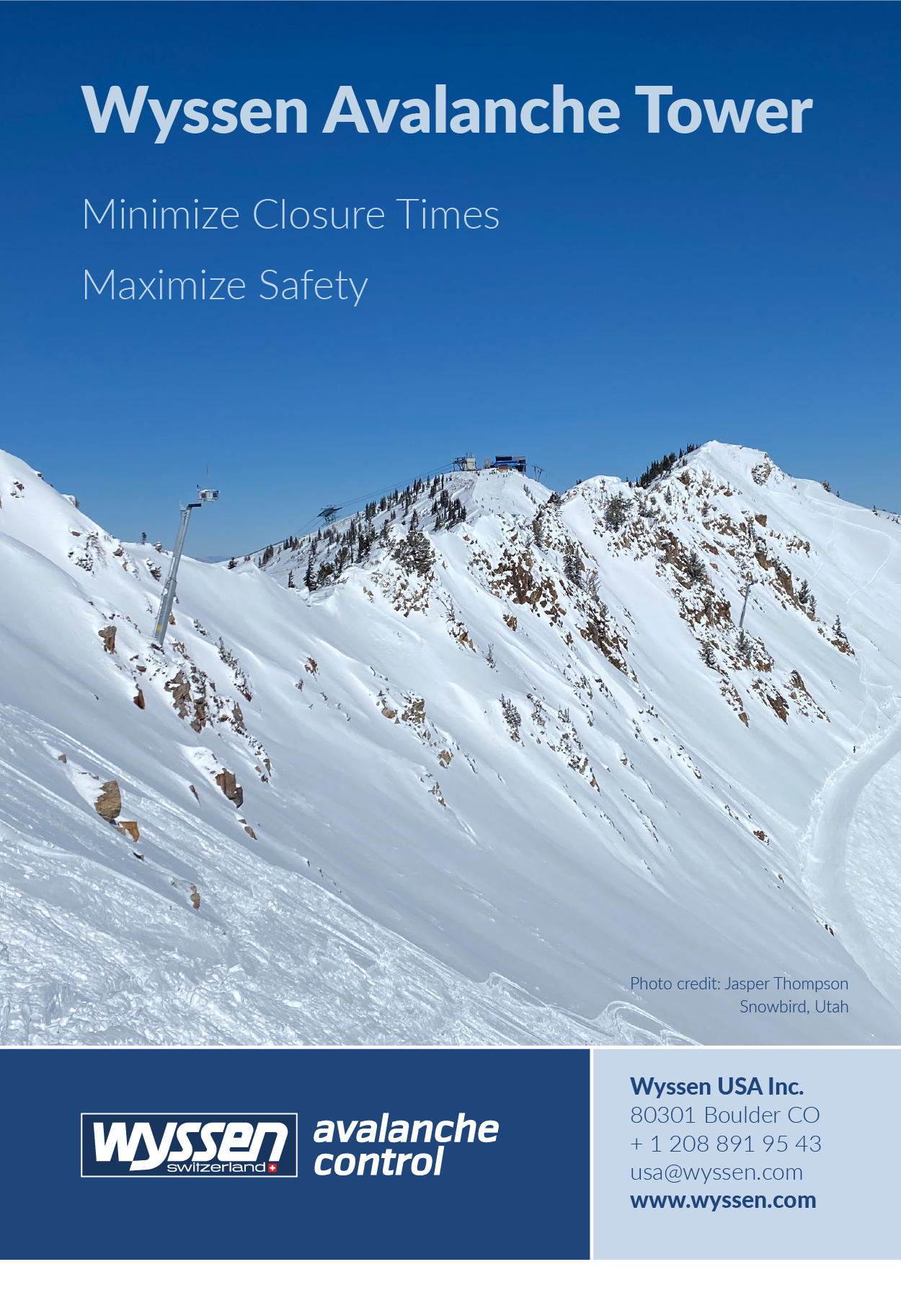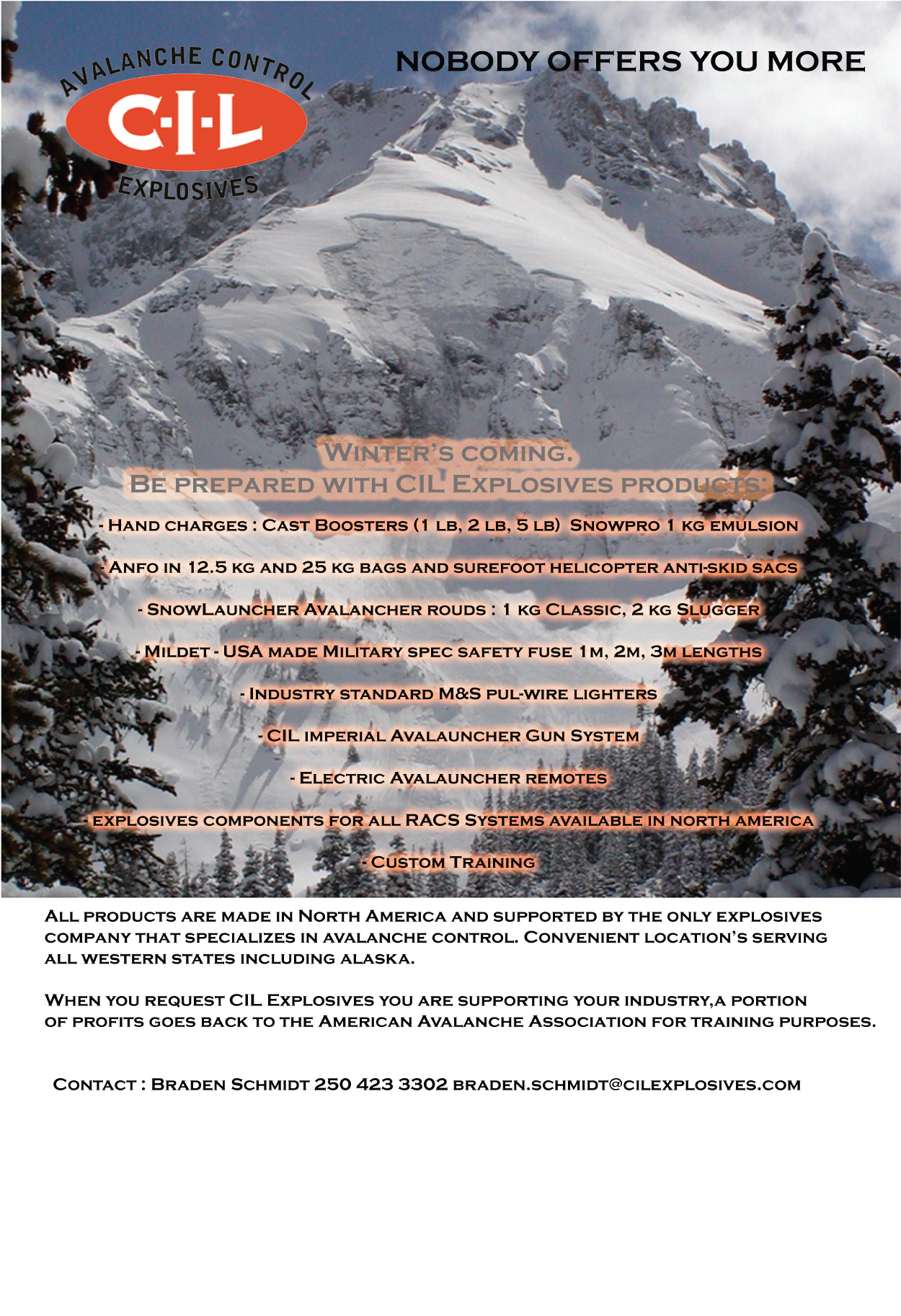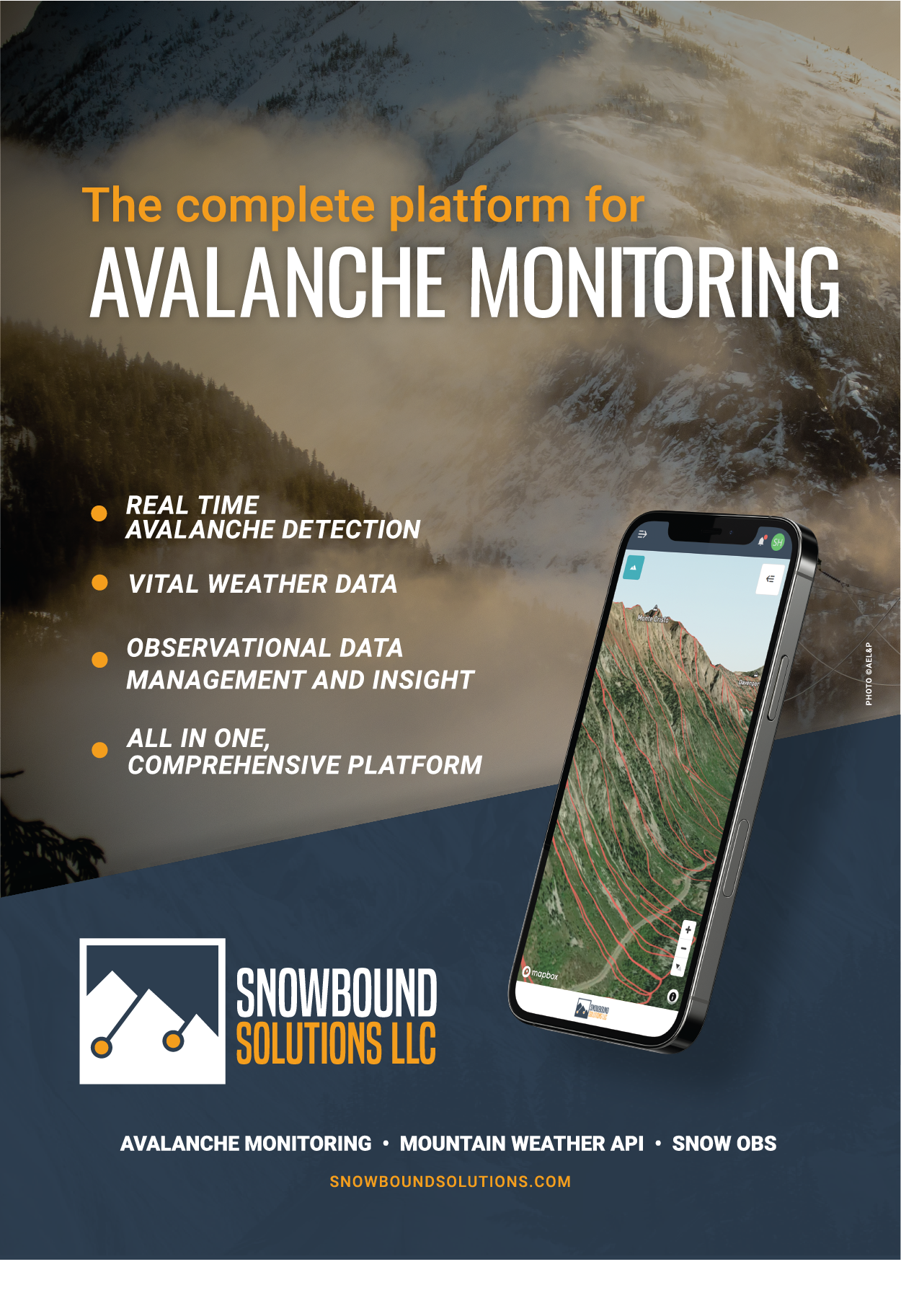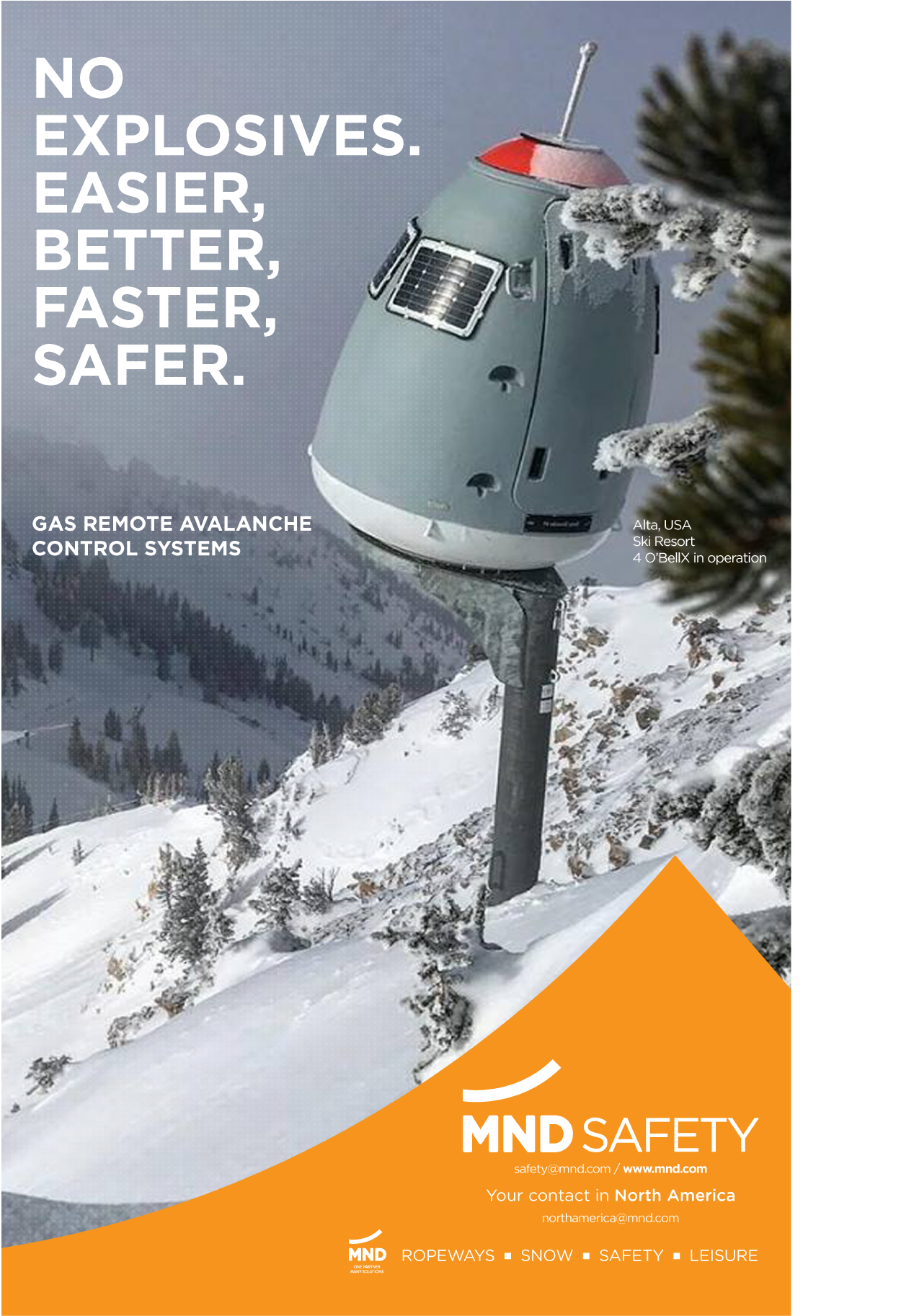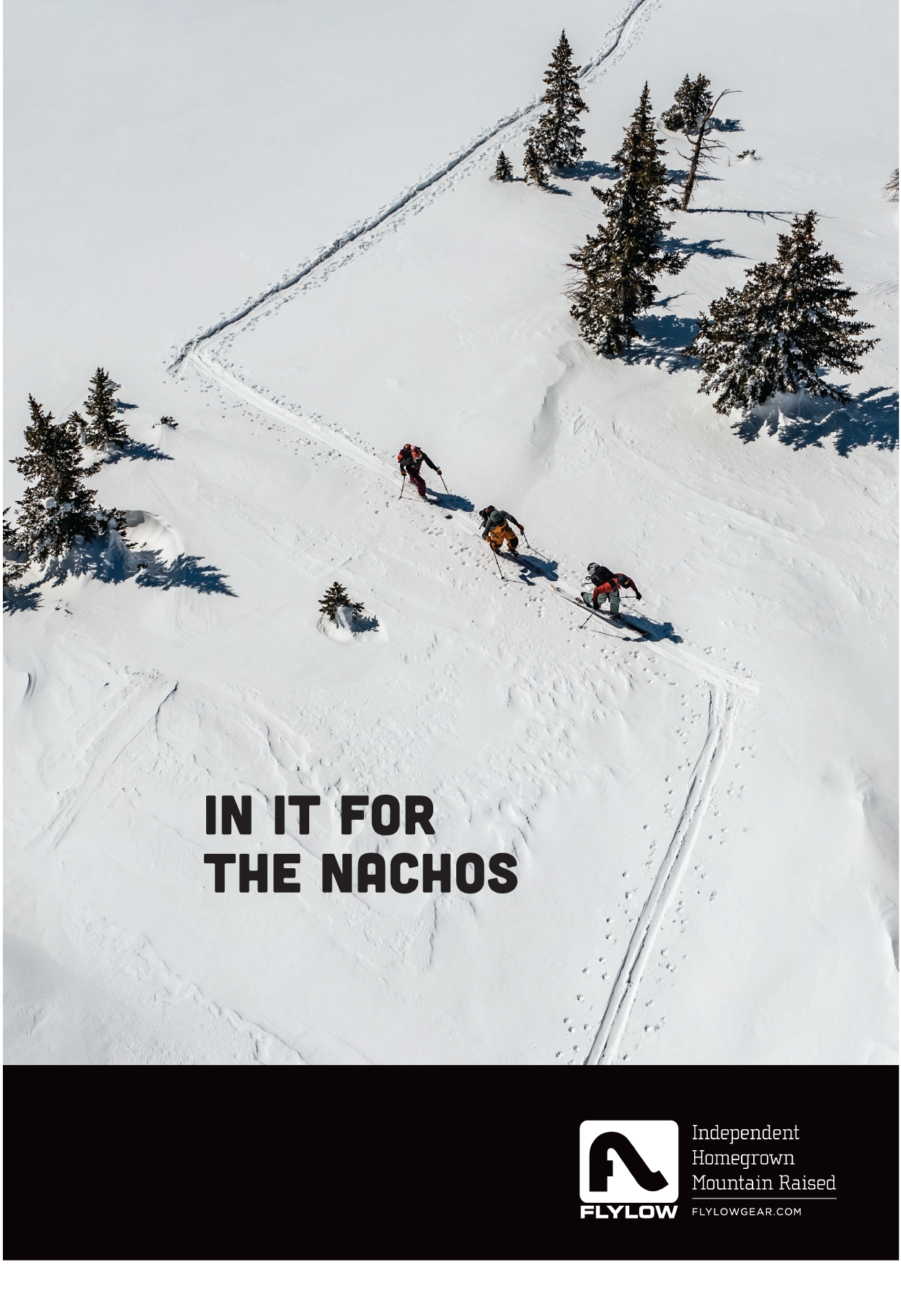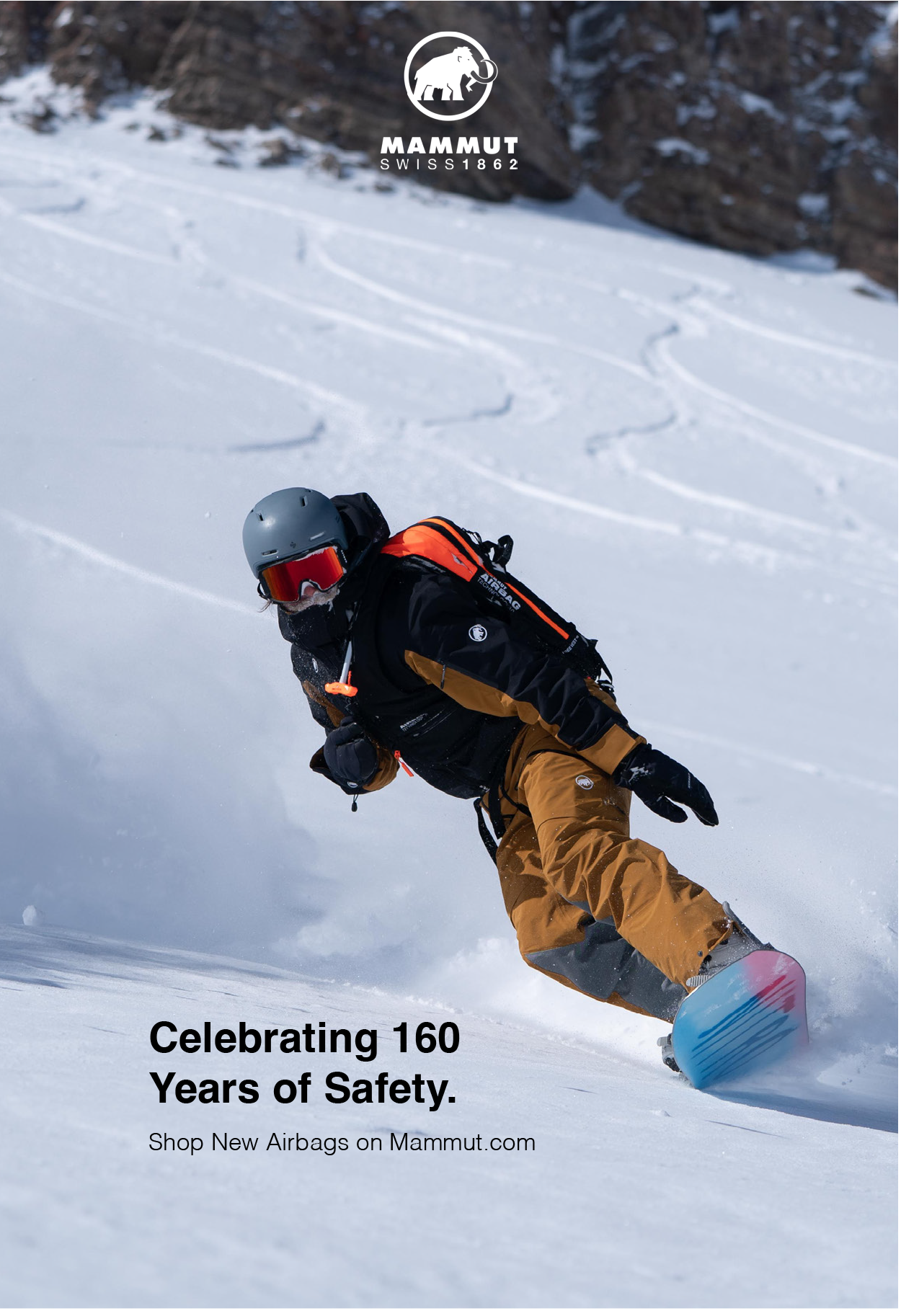Today, it’s hard to imagine teaching or practicing avalanche safety without the human factors, but psychology wasn’t always an accepted part of the curriculum. In “Behavioral Science in the Backcountry,” economics reporter and splitboarder Greg Rosalsky examines the story of how the avalanche industry embraced social science in the early 2000s.
Twenty years ago, as Bruce Tremper tells Rosalsky, the idea that there are “traps” in our perception and decision-making process “was kind of controversial… a lot of people who taught avalanche classes really didn’t want to talk about it. They were just like I had been. They thought people made logical decisions. They thought we just have to teach students about the science of avalanches and they’ll automatically figure it out.”
What had changed Tremper’s mind? First: he saw capable, experienced people get caught in avalanches, even though they all the right information to make safe and rational decisions. Second: ideas and frameworks drawn from the social sciences helped explain why this was happening. Jill Fredston and Doug Fesler’s theories of “sheep syndrome” and “lion’s syndrome” were the beginning of an answer. But it wasn’t until 2004 — when Ian McCammon introduced FACETS—that the wider avalanche industry really started to understand and accept the relevance of human factors for snow safety.
We definitely recommend giving this story a read if you’re curious to see how we got to where we are today, with widespread acceptance that human factors influence backcountry decisions. This was an important evolution in avalanche safety and we are so grateful to folks like Tremper, McCammon, Fredston, and Fesler for their hard work!

